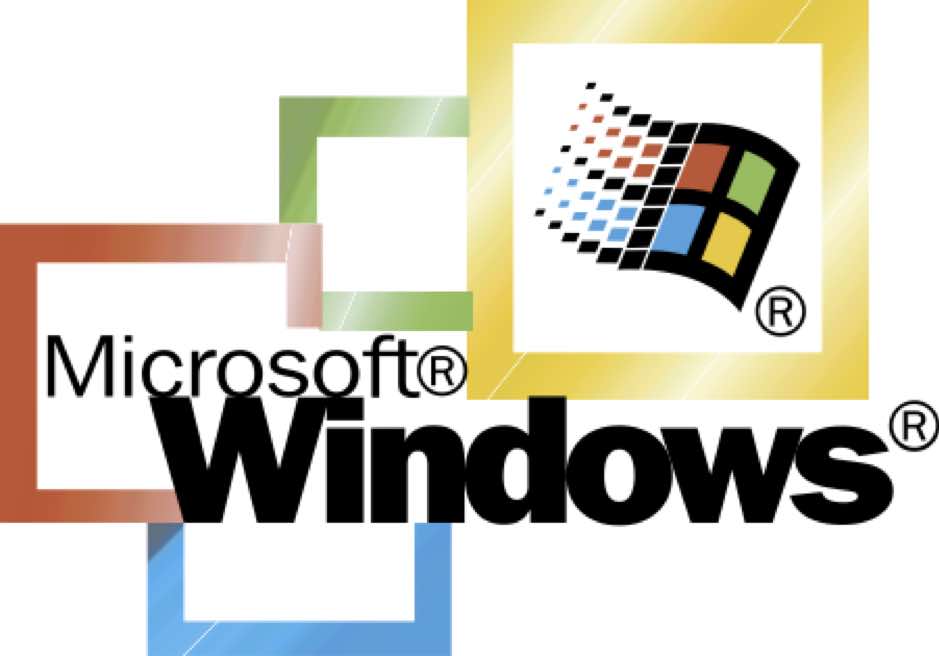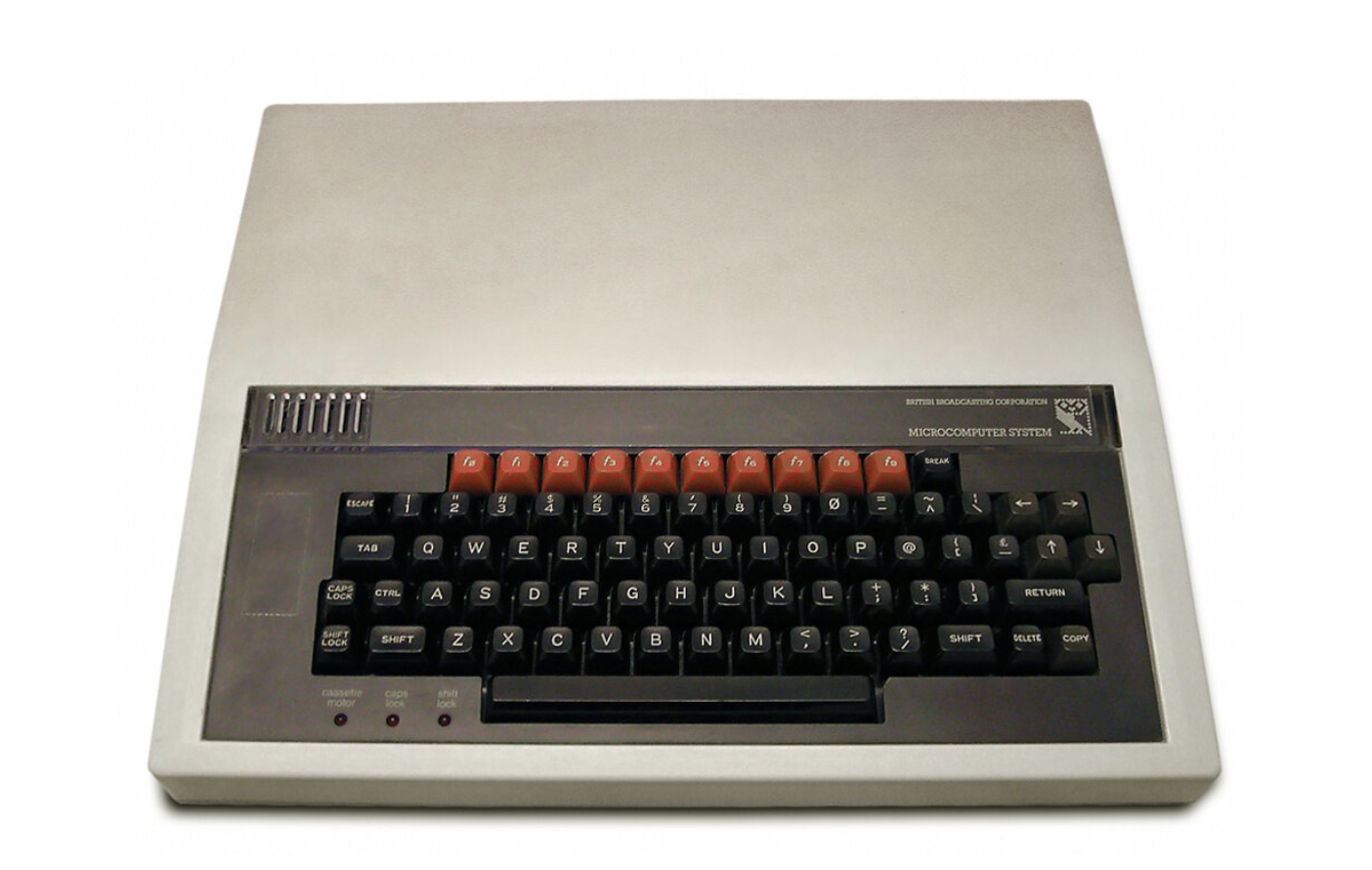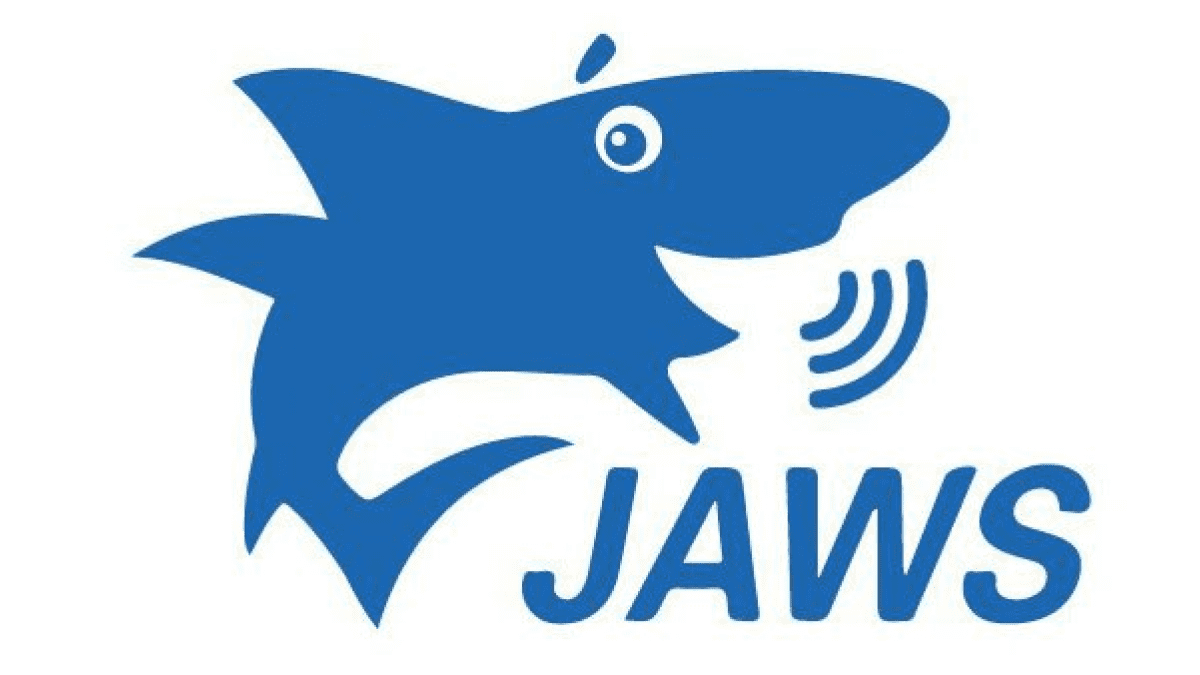Microsoft Narrator turns 21; we celebrate a coming of age
Robin Christopherson | 17 Feb 2021 Robin Christopherson, AbilityNet's Head of Digital Inclusion celebrates Narrator screen reader's coming of age
Robin Christopherson, AbilityNet's Head of Digital Inclusion celebrates Narrator screen reader's coming of age
Windows built-in screen reader, Narrator, made its debut as part of Windows 2000 today (17 February 2000).
After a clunky start, it blossomed into a viable option for blind PC users.
- GUI-related anxiety and screen readers
- Screen reader innovations for GUI
- What makes a good screen reader?
- Sophisticated screen readers
- Screen readers adapting to change
- Narrator secures its place in screen reader history
- How AbilityNet can help (individuals)
- How AbilityNet can help (accessibility services)
Many people are unaware of the accessibility and productivity tools built into mainstream packages such as Office 365 and Google Suite.
AbilityNet can provide 1:1 training on most assistive technologies (AT). Find out more about our Assistive technology training.
The first talking computers
Text-to-speech on computers is well-established.
Since the 1950s, computers have been conversing with computer scientists – albeit almost entirely unintelligibly (the speech recognition programme was known as Wreck a Nice Beach – a play on 'recognise speech').
 The ability to report what’s on a screen for those who can't see ( 'screen reading software or a 'screen reader') came along a little while later.
The ability to report what’s on a screen for those who can't see ( 'screen reading software or a 'screen reader') came along a little while later.
Narrator wasn’t the first screen reader.
You need to rewind to the days of DOS when text-based interfaces were dominant.
In the 1980s, the first software to interpret what was on screen and read it aloud was developed.
It was made for the BBC Micro by the Research Centre for the Education of the Visually Handicapped (RCEVH) at the University of Birmingham.
Being blind myself, I relied on a talking laptop in the early 90s to help me with my university studies.
It sounded like a robot with indigestion and was approximately the size and weight of a small suitcase, but it was invaluable nonetheless.
Anxiety around the Graphical User Interface (GUI)
 The advent of the Graphical User Interface (GUI, or goo-ey) caused uncertainty and anxiety for blind users when it arrived in the late 80s and early 90s.
The advent of the Graphical User Interface (GUI, or goo-ey) caused uncertainty and anxiety for blind users when it arrived in the late 80s and early 90s.
The writing was on the wall for text-based computing.
Straightforward lines of on-screen text were replaced by a canvas of pixels on which everything – words, windows, images and buttons – were drawn with random abandon and no regard for us blind users at all (or so it seemed).
Worse still you needed something called, a mouse to move and click an on-screen arrow. DOS screen readers and trusty keyboard hotkeys wouldn’t work here.
We were worried.
Imagine if someone told you that you were no longer allowed to look at your computer or phone screen and had to perform impossible gestures (without seeing the results) to be able to continue to use your favourite tech.
To top it all, being blind we didn’t have the option of returning to paper and pen, of course.
Innovating in a GUI-first world
 We needed innovation to ensure visually-impaired users were included in the new age of graphical computing.
We needed innovation to ensure visually-impaired users were included in the new age of graphical computing.
Screen readers were forced to employ cunning, low-level techniques, gathering messages from the operating system and using these to build up an 'off-screen model' (OSM).
An OSM is an entirely separate version of the display's content. Only the required text and other necessary bits of information (that this bit of text is sitting on a button or within a weblink etc.) - is stored.
Tech giants behind leading operating systems needed to cooperate: Microsoft Windows, Mac OS and IBM OS2 – may it rest in peace).
Thankfully, this cooperation was relatively quickly forthcoming.
Bring apps into the equation. They also become accessible, given the all-important proviso that they respect the need to make information visible to this OSM by following the steps outlined by Microsoft etc. Many app developers did. Many have not - even to this day.
The first screen reader for Windows was released in early 1995.
It was called Jaws (great name), standing for ‘Job Access With Speech’ and it soon became apparent that working with these 'Window' things, as a blind person, wouldn't be impossible after all.
Challenging and far more complicated than DOS, undoubtedly, but definitely doable.
Jaws has enjoyed consistent development ever since. It remains the go-to screen reader in the workplace in most countries across the globe. However, it isn't inexpensive, often costing as much as the computer it runs on and with an annual licence of around £100 to boot.
Many other screen readers exist – and competition is a good thing in any market. Until relatively recently, however, they were all relatively expensive.
You get what you pay for with a quality screen reader (and these companies need to cover costs like any other), but the price tag did mean that many blind users were left behind.
We now have an excellent, free screen reader called NVDA which has much of Jaws' functionality, so finally, there are options for those living with no vision on a budget.
What makes a good screen reader?
 Creating an effective screen reader is more complicated than you might think.
Creating an effective screen reader is more complicated than you might think.
Think of it as a means to ‘drive’ your computer with the appreciation that not all cars, for example, aren’t created equal’.
You definitely need four wheels, a fifth to steer and at least one seat.
To get there with efficiency and comfort, however, you’ll also need a gearbox, power steering, an array of instrumentation and a myriad of other helpful modern augmentations.
The same is true for a screen reader.
A blind user's focus is only ever in one place at a time; on a single character in a document, on a given item in a menu, on a certain link or image in a web page. We can’t take in the screen as a whole or ‘glance’ around without some help.
That myopic view of the screen means that a lot more smarts need to be applied to speed up the process.
Layers of sophistication within screen readers
 All screen readers have keystrokes to help read that focus (a button or link) button, others to speak a line of text, or the title of the app you’re using and so on.
All screen readers have keystrokes to help read that focus (a button or link) button, others to speak a line of text, or the title of the app you’re using and so on.
However, it would help if you had several sophistication levels above that to really be efficient – especially in the workplace.
You’ll want a broader range of hotkeys to quickly glance’ at key points on your screen without tabbing multiple times to get your focus there and back, smart regions on the screen that monitor changes and report notifications (“This document has been opened in ‘Protected view’ – click here to enable editing,”).
You’ll also appreciate its ability to analyse a web page and give you the option of handy lists for links, headings and form controls, etc.
In fact, driving a computer using a screen reader often feels more like piloting a plane than tootling along in an automobile.
Screen Readers, adapting to change
Along the way were other challenges.
Operating systems kept updating. Simple websites became more and more like applications in their own right.
New devices like mobile phones needed attention too.
The pace of such changes has only increased over the years.
Thus creating and continually updating a powerful screen reader takes significant resource and budget – and hence the high price tag of high-quality screen readers like Jaws.
It’s worth every penny if you can afford it – but many can’t, so thank goodness for the dedicated community behind free solutions such as NVDA which is well and truly nipping at its fins.
Narrator secures its place in screen reader history
So where was Narrator during this long period of challenges and achievements?
Narrator was once disparagingly referred to in the blind community as the screen reader that you used to download and install the ‘proper’ screen reader.
Yet, Microsoft has become a tour de force in delivering accessibility.
It displayed unfailing cooperation in creating a solid off-screen model for other screen reader developers, and commitment in ensuring all its apps provide OSM-friendly information.
I know for a fact that I owe both my education and my career to Microsoft. Isn’t it amazing that the default operating system and a core suite of business apps in almost every workplace worldwide are accessible? Truly.
In the last two years, the narrator has transformed into a viable competitor in the screen reader arena.
No longer is it a tool whose primary use is to open the lid on a bigger, better version of itself.
It now has much of the features that the likes of Jaws and NVDA offer - including many of those valuable hotkeys to do much of the heavy lifting of screen review and far more intelligent handling of more complex applications (like Microsoft’s own Ofice suite).
For blind users who have for so long been unable to imagine a built-in screen reader for Windows that compared favourably to its counterpart on the Mac, now discovering that it’s undergone a major maturing process in a few short months is a delight indeed.
Options are amazing.
When disability so often reduces them to a handful or even none, we now have a powerful option that requires no financial outlay, no downloads (simply press Ctrl+Win+Enter – give it a go yourself) and reliable access to Windows and all our most-used applications.
Hooray for Microsoft and happy birthday Narrator!
How AbilityNet can help (individuals)
- Call the AbilityNet Helpline on 0800 048 7642
- Help for you, or a friend or relative
- Download FREE factsheets
- Information on FREE webinars, and to watch recordings
- My Computer My Way: make your computer, phone or tablet easier to use
- Find out how volunteers have helped people during Covid-19
How AbilityNet can help (accessibility services)
- Discover more about AbilityNet's accessibility products and services.
- Find out how we can help train you and your staff on accessibility or download our training catalogue.
- For details of FREE webinars and interviews go to AbilityNet Live!.
- Download our brochure to find out how we can help you on your accessibility journey



